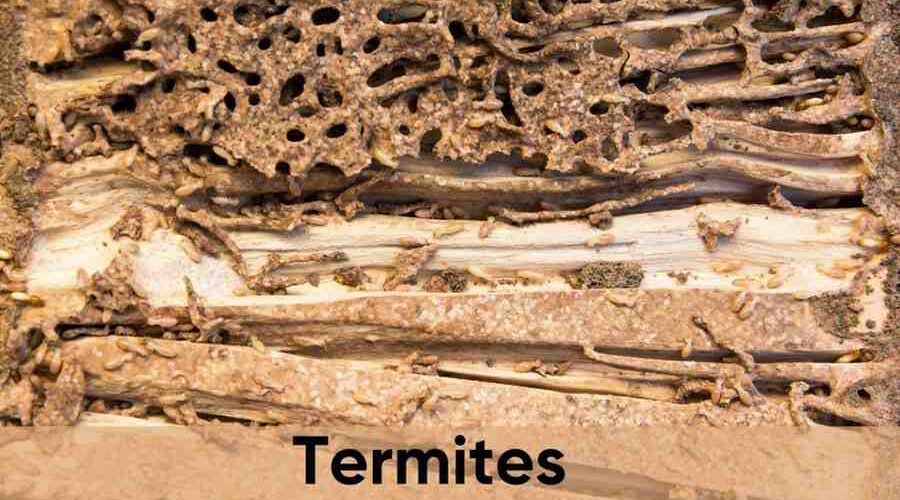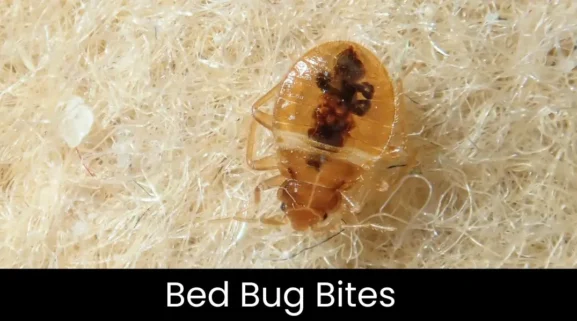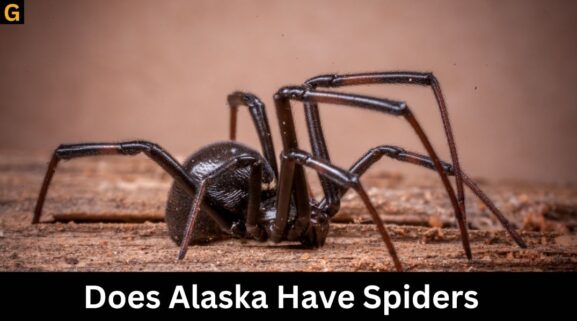Termite Control: Subterranean vs. Drywood Termites in Virginia
Termite control is essential as they cause lots of damage to our house and property. Cutting back the threat of termites is integral to maintaining the structural integrity of your home. Although all homeowners in Virginia live under constant threat of termites, subterranean termites and drywood termites represent the two major species of hazardous termites. These small pests are quite rampant in the homes and can cause vast damage if left unchecked, becoming a valley to the stability of the home. In this blog, we’ll cover the differences between subterranean and drywood termites, how they infest homes, their problems, and the importance of termite control as an additional measure to safeguard your home.
Understanding the Threat: Subterranean vs. Drywood Termites
Both subterranean and drywood termites are famous for their ability to destroy wood and other cellulose materials without being heard. Their modes of attack and general behaviour vary considerably, making them different threats to Virginia homeowners.
Subterranean Termites: The Underground Invaders
Subterranean termites are the most common species of termites found in Virginia and throughout the United States. They are subterranean, living underground in large colonies numbering in the millions. Subterranean termites require moisture to survive; hence, they typically colonize houses that possess poor drainage or those wherein wooden structures have contact with the ground, for instance, wooden foundations, decks, or lower basement areas.
Subterranean termites form large colonies and create mud tubes using soil, saliva, and feces. These tunnels allow them to migrate from their underground colonies to wooden structures, where they begin feeding on the cellulose in the wood. This long-term feeding results in structural destruction that can weaken the wooden frame of a house. If left unchecked, subterranean termites can damage a building’s foundation within a couple of months.
Drywood Termites: The Silent Intruders
In contrast to subterranean termites, which depend on the soil for survival, drywood termites establish their colonies within the wood. These termites are usually located in drier parts of the house, such as attics, decaying wooden furniture, and structural beams. Drywood termites do not construct mud tubes as a path towards the source of the food but instead enter the wood by feeding directly on the wood from the inner part.
Drywood termites’ silent way of infesting homes can be detrimental since there are no visible signs denoting their presence, such as mud tubes. Instead, tiny holes are bored into the wood, somewhere around the size of the tip of a pencil. Eventually, these holes become larger with time using all the time spent consuming the wood. Since drywood termites tend to colonize in a smaller size than subterranean termites, they can nonetheless make life difficult for whoever attains any editions of the house or objects infected.
Key Differences Between Subterranean and Drywood Termites
While both types of termites cause serious damage to homes, there are several key differences that homeowners in Virginia should be aware of when considering termite control.
Preferred Environment of Infestation
1 Subterranean termites require continuous moisture and live generally in the soil; thus, usually found in places such as basements, crawl spaces, and wooden foundations in contact with soil.
2 Drywood termites make their habitation in the very wood they infest and are commonly found in attic beams, furniture, or naturally dry and even wooden siding.
Colony Structure
1 Subterranean termites form massive colonies of millions; hence, they constitute a major threat. They build their nests underground and rely on moisture from the soil.
2 Drywood termites form smaller colonies, consisting on average from a few thousand up to a few hundred thousand individuals; they are most commonly found in infestations of dry, untreated wood where they depend on the moisture held in wood.
Signs of Infestation
1 Subterranean termites leave behind mud tubes, which are readily visible signs of their presence. These tubes are often found along the foundation, walls, or wooden beams.
2 Drywood termites leave small, round holes in the wood, often accompanied by frass (termite droppings) visible near the holes. These signs may be harder to detect and can sometimes be mistaken for wood decay.
Control Methods
1. Subterranean termites: Pest control professionals generally control subterranean termites by treating the soil with liquid termiticides or placing baiting systems around the home’s perimeter.
2. Drywood termites require different treatment methods, such as localized fumigation or spot treatments to eradicate colonies inside the wood.
Problems Caused by Termites
Both subterranean and drywood termites cause similar types of damage, although the extent and method of the damage may differ.
Wood Destruction: Both types of termites damage wood in the house. They weaken the wood as they feed on the cellulose, and that in turn, allows further damage to take place. Sooner or later, the wooden structures may lose all their support to carry the weight of the building.
Failure of Structural Integrity: A determined termite infestation, especially subterranean termites, would bring on severe structural troubles, such as sagging floors, cracked walls, and weakened beams, which again means very expensive repairs or, in some cases, rebuilding.
Electrical and Plumbing Damage: Termites, besides the visible manifestation of the damage, are addictively enthroned into causing damage to other objects. For example, termites can damage electrical wires or plumbing encased behind wooden walls, leading to electrical hazards and water damage potential. If left unattended, such a situation can be dangerous.
Why Termite Control Is Essential for Virginia Homes
Effective termite control is important in protecting your property. Since the warm, moist conditions of Virginia provide an excellent environment for subterranean termites to thrive, it is critical to be proactive in preventing infestations.
Termite colonies slowly establish themselves over time and often go unnoticed by homeowners until they cause severe damage to sizeable sections of the house. Regular inspections for termites are critical, as they allow one to identify the potential risk at an early stage. It allows one to schedule a professional termite inspection, which provides an opportunity to identify any warning signs before the infestation wreaks complete havoc.
If you notice any signs of termites in your home, such as mud tubes or small holes in wood, it’s very important to act fast. Getting help from professionals in termite control near me can help in recommending the next steps and avoiding further damage.
Conclusion
With no other insects to worry about, subterranean termites and drywood termites pose severe threats to one’s house. They are likely to remain unnoticed while they do extensive damage; thus, termite control is vital in a termite-ravaged Virginia.
If you notice active signs of termites in your house or it’s time for another termite inspection, do not hesitate to call a professional termite control expert. Prevention is always better than reaction or repair after a highly infested home. A regular termite inspection can uncover threats and ratify that the home is still safe and standing.
For expert termite control with peace of mind, look no further than GOGETFIX for all your termite prevention and treatment needs. Contact us today to book your service and protect your Virginia home from these destructive pests!



